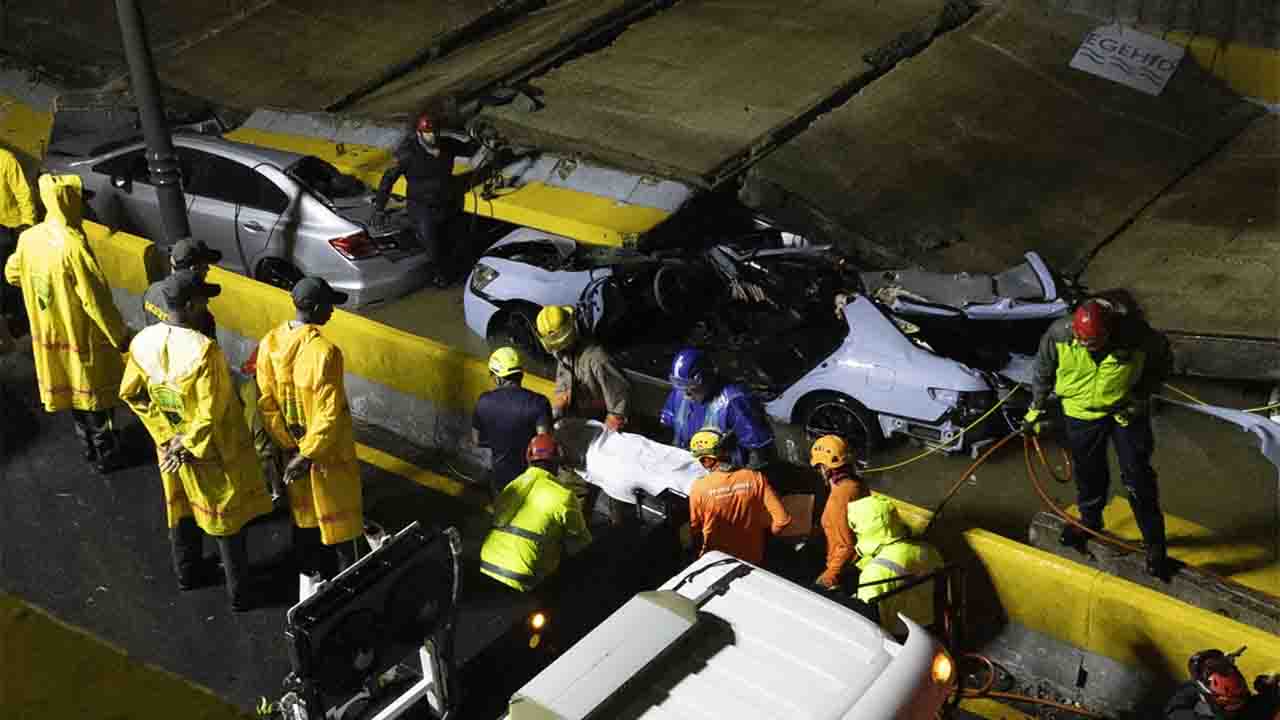Commonwealth _ The collapse of the poorly constructed wall in the Dominican Republic stands as a poignant illustration of persisting concerns that experts had been highlighting for over two decades. Civil engineer Cristian Rojas stressed the pivotal issue of lacking essential anchors within the structure, pinpointing this flaw as a significant contributor to the catastrophic incident, particularly exacerbated by the weight of heavy rainfall. For years, these concerns echoed through expert assessments, emphasizing the vulnerabilities and shortcomings of the wall’s design and construction. The absence of fundamental anchoring elements, as emphasized by Rojas, had been a central point in the warnings, underscoring the potential dangers posed by the wall’s structural integrity. Despite these longstanding alerts and the evident vulnerability of the wall, remedial actions to address these structural deficiencies remained elusive. The tragic collapse amid adverse weather conditions starkly exposed the consequences of neglecting crucial structural considerations, resulting in devastating consequences and the loss of lives. Warnings dating back decades had repeatedly emphasized the instability of this structure, urging authorities to reconstruct it to prevent a foreseeable disaster. Despite these alerts and the evident need for action, tragedy struck on a rainy Saturday in Santo Domingo when a significant section of the wall, situated along the bustling 27th of February Avenue, collapsed in one devastating motion, resulting in the loss of lives and severe damage to vehicles and their occupants.
The loss of these lives, including notable individuals like Puerto Rico prosecutor Michael Orozco and his expectant wife, María Nereida Martínez, drew heartfelt tributes. Their personal joys and Orozco’s promising career were poignant reminders of the irreplaceable human toll. The sorrow deepened with the loss of Dominican Police Gen. Eduardo Cabrera Castillo, adding to the weight of this tragic incident. Amid increasing scrutiny, the Ministry of Public Works adamantly refuted any claims of negligence in maintaining the wall and its connected structures. Despite the denial, citing unspecified causes for the collapse, the ministry initiated a comprehensive investigation, committed to uncovering the underlying factors that led to this catastrophic event. The impact of this calamity unfolded in the wake of a relentless Caribbean storm. With its unrelenting force, the storm wrought widespread devastation, leaving a trail of destruction across residential areas and critical infrastructure. Communities found themselves cut off and vulnerable, grappling with the aftermath of the disaster. As these events continue to unfold, the collective grief and the urgent need for understanding the circumstances leading to this tragic collapse remain at the forefront. The loss of lives and the ensuing consequences serve as a somber reminder of the importance of structural integrity and comprehensive disaster preparedness in safeguarding communities.
Haiti, sharing the island of Hispaniola with the Dominican Republic, experienced the storm’s wrath alongside its neighbor. The nation endured a heavy toll as casualties rose, primarily due to incidents triggered by intense flooding worsened by the severe weather conditions. The relentless downpours and rising waters amplified the challenges faced by Haitian communities, exacerbating their distress and compounding the already existing difficulties brought on by this natural disaster’s aftermath. The adverse elements of the storm added layers of complexity to an already strained situation. Homes were inundated, crucial infrastructures were compromised, and access to basic necessities became severely limited. The inundation of floodwaters compounded the vulnerabilities of communities already grappling with rebuilding efforts from prior disasters and ongoing socio-economic challenges. The convergence of natural calamities on top of existing adversities underlined the necessity for comprehensive disaster preparedness and swift, coordinated responses to protect vulnerable communities and mitigate the profound impact of such catastrophic events.








